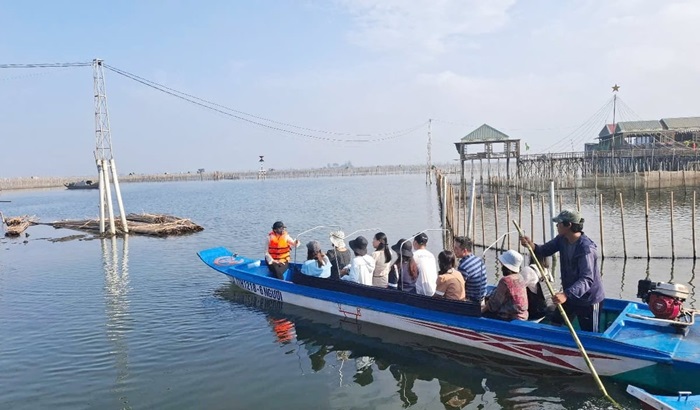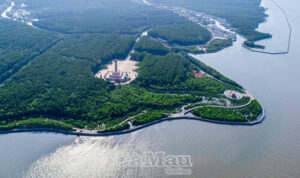The mere mention of Nha Trang these days rouses ire and complaints about the ubiquitous trash sullying the reputation of this gorgeous beach town. It is hard to imagine it was once voted among the world’s best beach destinations.
Local authorities and media woke up to the gravity of the messy situation after National Geographic controversially rated the town as one of the world’s worst beach destinations with major ecological and management problems. There are more dustbins along the promenade now and cleaning staff are working three shifts around the clock.
The fate of Nha Trang now depends on every resident and visitor’s awareness of and desire to keep the beach clean.
Trash is not the only problem on the beaches of Nha Trang, though. A more hazardous problem is that of water scooters that zoom in shallow waters near the coast. Often, these boats come dangerously close to people bathing and swimming in the sea. Also, when the boats head to shore, they pull up on the sands at high speeds, posing a great danger to those sitting or walking on the beach.
Worse still, the vrooming boats leave streaks of oil and fuel in the waters and on the beach. The exhaust from the powerful engines also lends to pollution of the environment.
Local authorities, when informed of the risks of the water scooters, said no one followed the regulations about the operations of these vehicles.
Obviously, the regulations are not enforced. What if accidents happen? Shouldn’t the local government allocate specific areas of the beach for water sports and cordon off these areas to other beachgoers? Shouldn’t we, like in other countries, impose strict fines on those who violate rules?
Other problems plague lesser-known beaches, such as the beautiful Dai (Long) Beach in Khanh Hoa’s Cam Ranh District. The strong currents just beneath the surface have swept many people away but the beach remains bereft of warning signs for tourists. Not even the food and drink hawkers on the beach inform visitors of the risks of swimming in these dangerous waters.
The same situation applies to the Binh Tien Beach, which is located on the border between Ninh Thuan and Khanh Hoa provinces.
Both these beaches are witnessing large scale development, but there are no signs warning tourists. Some say signs had been put up, but have been taken away by locals. Why? Because, after all, locals have a right to attract more tourists for the sake of their businesses.
But don’t forget tourists also have a right to return home safely after their vacation.
Should we post (or repost) safety signs and identify dangerous areas, or wait until bodies begin to pile up on our beaches? Aren’t we generating enough bad publicity for tourist destinations in Vietnam already?














